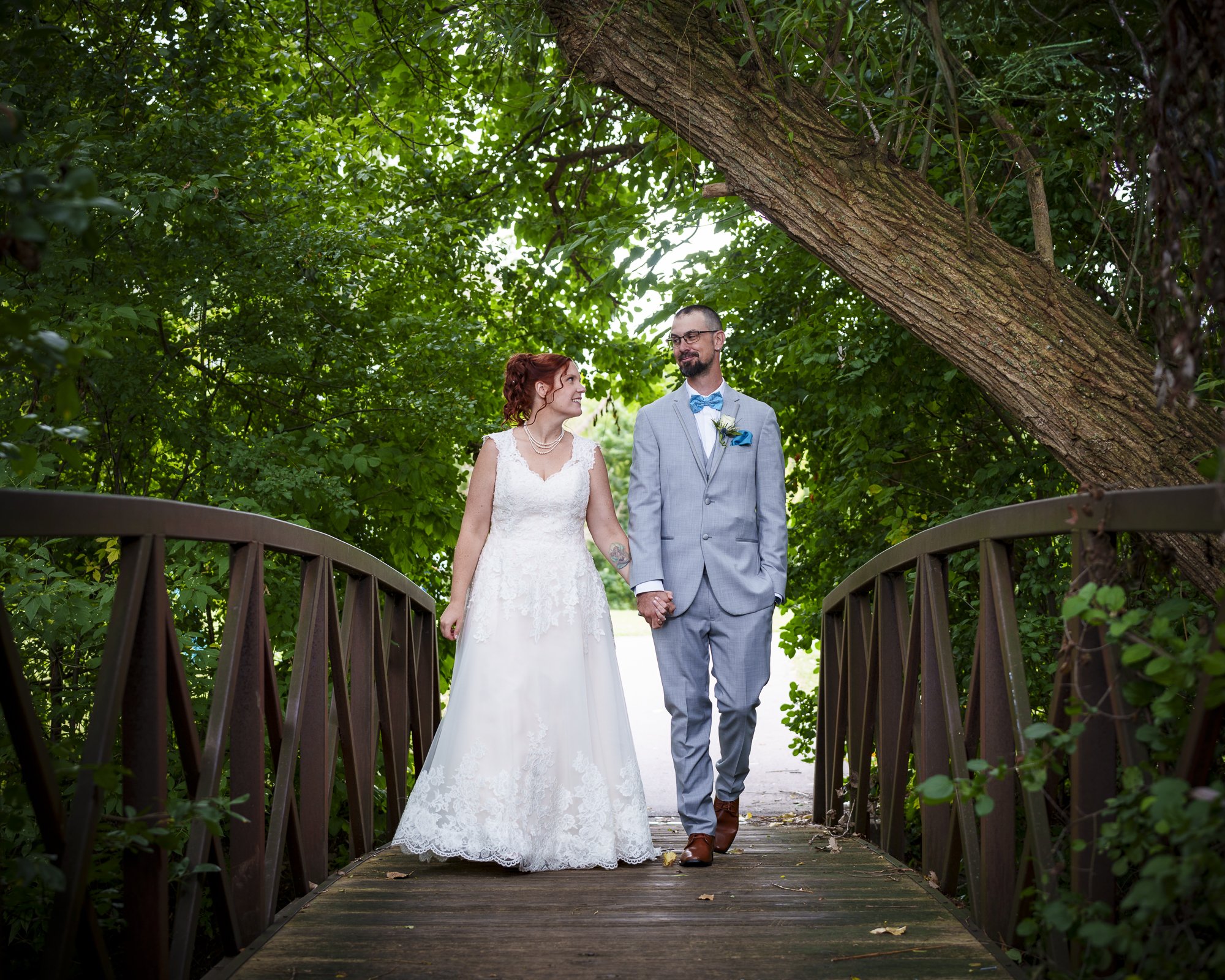Effortless Wedding Seating: A Stress-Free Guide to Arranging Your Guests
Planning your wedding seating chart might seem like a daunting task, but with the right approach, it can be a smooth and simple process. Follow these practical steps to ensure your guests are seated comfortably, creating an enjoyable experience for everyone.
1. Understand Your Venue Layout
Before diving into seating arrangements, get familiar with your venue’s floor plan. Determine how many tables you’ll need and where key features like the dance floor, bar, and buffet will be placed. Ask your venue coordinator about table options—round, rectangular, or banquet-style—to see what best fits your guest count and overall vision.
2. Finalize Your Guest List
A seating chart can’t be created until you know exactly who’s attending. Ensure all RSVPs are collected before you begin. Categorize your guest list into groups, such as family, friends, and colleagues, to simplify the seating process.
3. Choose Your Seating Assignment Style
Decide whether you want assigned tables or specific seats for each guest:
Assigned Tables: Guests pick their own seats at their designated table—this offers flexibility while maintaining structure.
Assigned Seats: Each guest has a specific spot, which can help prevent any confusion or seating disputes.
Open Seating: A more casual approach where guests choose their own seats, though it’s wise to reserve certain tables for family and VIPs.
4. Manage Family Dynamics with Care
Weddings often bring together family members who may not always get along. Be mindful of these dynamics:
Divorced Parents: Consider placing them at separate tables unless they have a good relationship.
Blended Families: Ensure everyone feels included and comfortable.
Elderly Guests: Seat them away from high-traffic areas and speakers to enhance their comfort.
5. Prioritize Guest Comfort
A well-thought-out seating arrangement can contribute to a fun and social atmosphere:
Keep friends together: Group childhood friends, college buddies, and colleagues at the same table.
Mix singles and couples: Avoid a designated “singles table” by balancing seating arrangements.
Consider personalities: Pair guests with similar interests and social styles for an enjoyable experience.
6. Utilize Digital Seating Chart Tools
Skip the sticky notes and opt for digital tools to make adjustments easier:
AllSeated: Offers interactive floor planning and seating arrangements.
WeddingWire: Syncs with your guest list for seamless organization.
Zola: Provides a user-friendly interface for quick edits.
7. Plan Your Head or Sweetheart Table
Decide how you and your new spouse will be seated:
Head Table: Includes your bridal party for a celebratory feel.
Sweetheart Table: A more intimate setting for just the two of you.
8. Make Seating Assignments Clear
Help guests find their seats effortlessly with these options:
Seating Chart Display: Large boards or mirrors with elegant calligraphy work well for bigger weddings.
Escort Cards: A traditional and organized method that allows guests to grab their name card upon arrival.
9. Prepare for Last-Minute Changes
Unexpected adjustments are common, so leave a few extra seats at certain tables for unexpected plus-ones or cancellations.
10. Keep It Simple and Enjoy the Day
While seating arrangements are important, don’t let them overshadow the joy of your wedding day. Focus on creating a welcoming atmosphere where guests can celebrate your love and enjoy the moment.
With thoughtful planning, seating arrangements can be an easy and seamless part of your wedding preparation. Take advantage of helpful tools, be flexible, and remember—your guests will cherish the experience, no matter where they sit!



